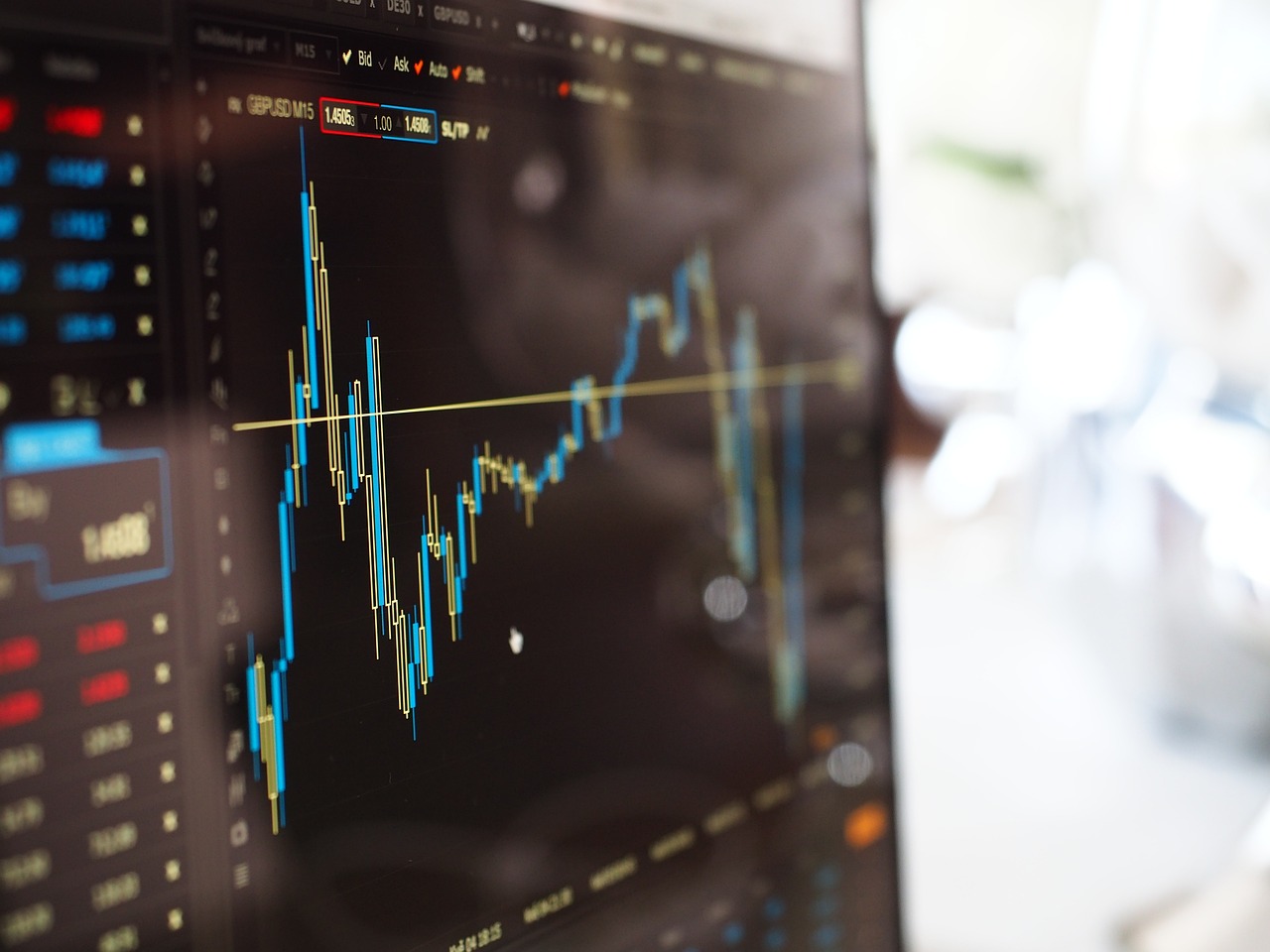In recent years, the world of trading has witnessed significant advancements, largely driven by technological innovations. One of the most transformative developments in this arena is the advent of GPT trading, which leverages Generative Pre-trained Transformers (GPT) to revolutionize how trading decisions are made. In this blog post, we will explore what GPT trading is, its benefits, challenges, and its potential to reshape the financial markets.
For those interested in diving deeper into trade GPT, resources like gpttradingfx.com provide valuable insights and tools to get started. As we continue to explore the possibilities of AI in trading, one thing is clear: GPT trading is set to play a pivotal role in shaping the future of finance.
What is GPT Trading?
GPT trading refers to the use of GPT, a type of artificial intelligence (AI) developed by OpenAI, in trading financial instruments. GPT models are designed to understand and generate human-like text, but their applications extend far beyond simple text generation. In the context of trading, GPT can analyze vast amounts of data, recognize patterns, and generate trading signals or strategies that can be used to make informed trading decisions.
How Does GPT Trading Work?
The underlying mechanism of GPT trading involves several steps:
- Data Collection: Gathering large volumes of financial data, including historical prices, news articles, social media sentiment, economic indicators, and more.
- Data Processing: Preprocessing the data to ensure it is clean and structured in a way that the GPT model can analyze effectively.
- Model Training: Training the GPT model on the collected data to recognize patterns and correlations that are not easily discernible by human traders.
- Signal Generation: Using the trained model to generate trading signals based on real-time data analysis.
- Execution: Implementing the trading signals in the market, either manually by traders or automatically through algorithmic trading systems.
Benefits of GPT Trading
GPT trading offers several advantages that make it a compelling choice for modern traders:
Enhanced Data Analysis
GPT models excel at analyzing vast amounts of unstructured data, such as news articles and social media posts, which traditional trading algorithms may struggle with. This capability allows traders to gain insights from diverse data sources, leading to more informed decisions.
Improved Predictive Accuracy
The advanced pattern recognition capabilities of GPT models can improve the accuracy of trading predictions. By identifying subtle correlations in the data, GPT trading systems can generate more reliable signals, potentially increasing the success rate of trades.
Speed and Efficiency
In the fast-paced world of trading, speed is crucial. GPT trading systems can process and analyze data in real-time, enabling traders to act on emerging opportunities quickly. This speed and efficiency can provide a competitive edge in the market.
Adaptability
GPT models are highly adaptable and can be fine-tuned to specific trading strategies or market conditions. This flexibility allows traders to customize their approach based on their unique goals and risk tolerance.
Emotion-Free Trading
One of the significant challenges in trading is managing emotions. Fear and greed can often lead to irrational decisions. GPT trading systems operate based on data and predefined algorithms, eliminating emotional biases from the decision-making process.
Challenges and Considerations
While GPT trading presents numerous benefits, it is not without its challenges:
Data Quality
The effectiveness of GPT trading depends heavily on the quality of the data used for training and analysis. Inaccurate or incomplete data can lead to erroneous signals and poor trading performance.
Model Complexity
GPT models are complex and require substantial computational resources for training and execution. This complexity can be a barrier for individual traders or smaller firms with limited access to high-performance computing infrastructure.
Overfitting
Overfitting occurs when a model is too closely tailored to historical data, resulting in poor performance on new, unseen data. It is essential to balance the model’s complexity to avoid overfitting and ensure it generalizes well to real-world market conditions.
Regulatory and Ethical Concerns
The use of AI in trading raises regulatory and ethical questions. Ensuring compliance with financial regulations and addressing potential ethical issues, such as market manipulation, is critical for the sustainable adoption of GPT trading.
Integration with Existing Systems
Integrating GPT trading systems with existing trading platforms and workflows can be challenging. It requires careful planning and technical expertise to ensure seamless integration and minimize disruptions.
The Future of GPT Trading
The future of GPT trading looks promising, with ongoing advancements in AI and machine learning expected to further enhance its capabilities. As models become more sophisticated and computational power continues to grow, we can anticipate several key developments:
Increased Adoption
As the benefits of GPT trading become more evident, we are likely to see increased adoption across various segments of the financial markets, from institutional investors to retail traders.
Enhanced Model Interpretability
Efforts are underway to make AI models more interpretable, helping traders understand the rationale behind specific trading signals. Improved interpretability can build trust in GPT trading systems and encourage broader acceptance.
Integration with Blockchain
The integration of GPT trading with blockchain technology can enhance transparency and security in trading operations. Blockchain’s immutable ledger can provide a reliable record of trading decisions and transactions, reducing the risk of fraud and enhancing accountability.
Collaboration Between Humans and AI
Rather than replacing human traders, GPT trading systems are expected to complement human expertise. The synergy between human intuition and AI-driven insights can lead to more robust trading strategies and better market outcomes.
Conclusion
GPT trading represents a significant leap forward in the evolution of financial markets. By harnessing the power of AI and machine learning, GPT trading systems can analyze vast amounts of data, generate accurate trading signals, and execute trades with speed and precision. While there are challenges to overcome, the potential benefits make GPT trading a compelling option for traders seeking to stay ahead in an increasingly competitive market.



